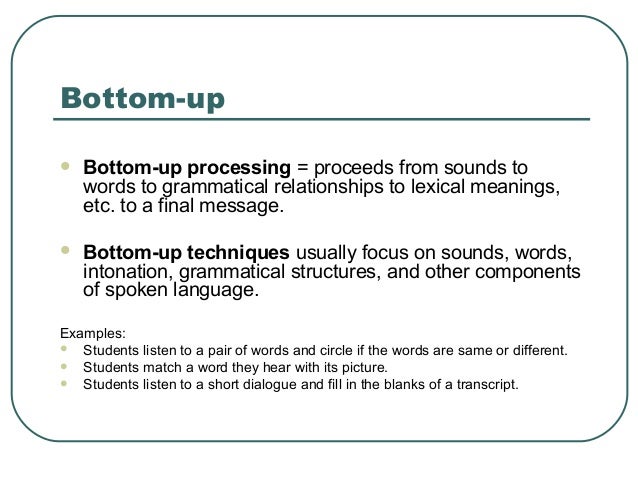
The MCC can be seen as a part of the brain that is needed to coordinate a speedy motor response because of its close relationship with premotor areas.Įnough about bottom up attention – what about top down? The midcingulate cortex (MCC) is one of the main generators of this P2 signal, and it’s known that this part of the brain is associated with novelty detection, directing attention toward a specific stimulus, and where our behaviour needs to be regulated. The parts of the brain known to be associated with attentional capture by pain are the brain areas underlying the P2 responses of laser-evoked potentials. The situation would change, however, if we’ve had an MI – because that pain now represents another whole new threat. Because most of us will have had heartburn, and know that it usually passes without too much of a problem, we don’t usually pay too much attention to it. This means that vague and commonplace pains like epigastric pain, can often be ignored.
Pain is known to capture attention ‘bottom up’ when its new or novel, intense, or is threatening.

Top down processes also establish the ‘attentional set’ or the type of information that is prioritised as being relevant to the goal – if a stimulus that is irrelevant matches one aspect of these features, it’s likely to capture attention. It’s thought that ‘bottom up’ attention, while unintentional, is influenced by ‘top down’ processes because the top down processes establish the amount of attention focused on a task (attentional load), so that when load is high, irrelevant information is not processed as much. These ‘bottom up’ systems can act as a distraction from ‘top down’ goals because the attention can be switched to unimportant features of the environment or body and reduce performance. It’s thought that ‘pre-attentional’ systems are involved in detecting salient or novel stimuli – two separate systems have been found for the auditory system for example. For something to be salient, it needs to be novel or new, not often present, or directly relevant to our goals perhaps from previous experience. ‘Bottom up’ models suggest that there is a process of unintentional ‘capture’ of attention by the stimulus itself – if a fire alarm goes off without warning, we’ll usually be alerted to it without having to stop and think too hard! The term used to describe the characteristic of this ‘alerting’ feature is ‘salience’, or the degree to which that specific stimulus contrasts with surrounding stimuli. In this model, the sensitivity of neural responses is modulated up or down, depending on the goal, and it’s been postulated that prefrontal and parietal areas are likely to influence these mechanisms. ‘Top down’ processing models suggest that our brains have a process of intentionally choosing information that is relevant for whatever goals we are aiming for. Because of this function, some information that is available both from inside the body and from outside, needs to be prioritised. The place to start, I guess, is with recognition that one function of our brain is to keep us focused on important goal-directed activity. Clearly it would be wonderful if we could harness this and use it as a form of analgesia.

When it comes to pain, the limited capacity of our brains to process information has been used to explain why there are times that, despite a large amount of nociceptive input, we can remain pretty much oblivious to it. I guess we all pretty much know that our brains don’t seem to capture everything that goes on around us – thankfully we can filter out a lot of unnecessary information (no, I don’t want to know what that funny noise outside is right now!) so that we can focus on what is important.

Hypnosis and imagery in pain management.Changing the inner critic – positive statements.Biofeedback – or Things that go ‘beep’!.Clinical reasoning – more than problem solving….Knowledge Translation: An online community of practice case study.


 0 kommentar(er)
0 kommentar(er)
